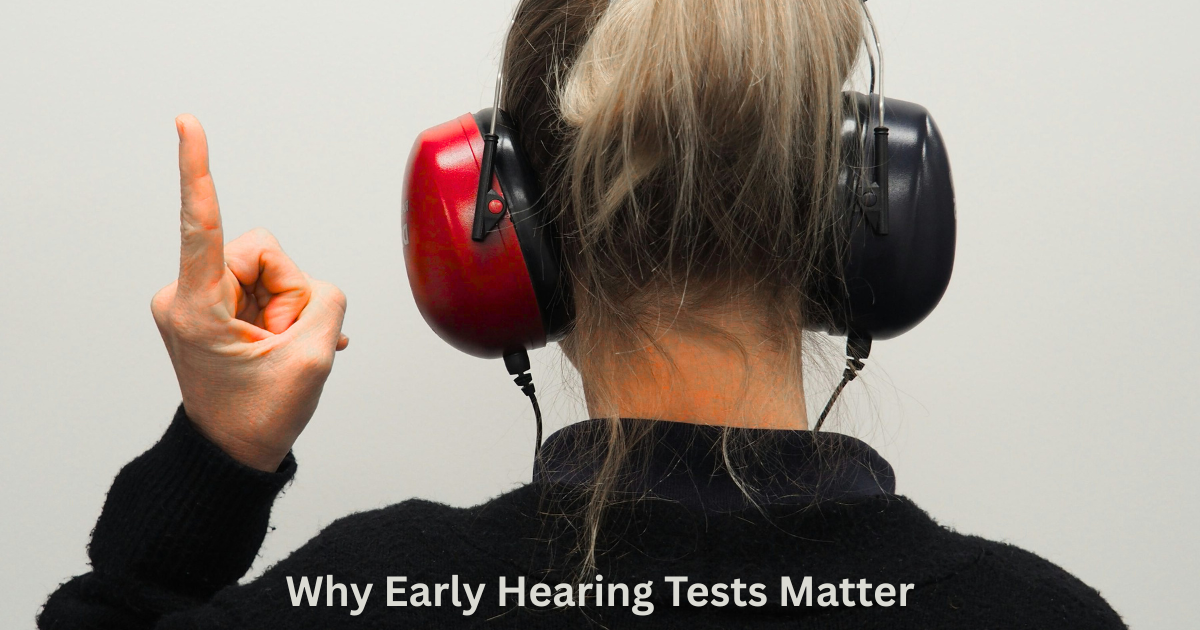Understanding the health triangle is crucial for achieving overall well-being. This model highlights the need to balance three essential aspects of health: physical, mental, and social. By focusing on these interconnected areas, individuals can enhance their quality of life and prevent health issues. This blog explores the components of the health triangle, its theoretical background, practical tips for maintaining balance, and the related concept of the health risk triangle.
What is the 3 Health Triangle?
The health triangle is a model that represents the interdependence of three essential dimensions of health: physical, mental, and social. Each side of the triangle signifies one of these components, and the balance between them is crucial for overall well-being. Physical health pertains to the state of our body and its ability to perform daily functions. It includes regular physical activity, a balanced diet, sufficient sleep, and the avoidance of harmful behaviors such as smoking or excessive alcohol consumption. Mental health encompasses our emotional and psychological well-being. It involves managing stress, fostering a positive mindset, and seeking professional help if needed to address mental health issues like anxiety or depression. Social health relates to the quality of our interactions and relationships with others. Building strong, supportive relationships, practicing effective communication, and engaging in social activities are key aspects of social health. The health triangle emphasizes that these three dimensions are interconnected; an imbalance in one area can negatively affect the others. For example, poor physical health can lead to increased stress and affect social interactions, while a lack of social support can impact mental health. Achieving and maintaining balance among these aspects is essential for holistic health.
Understanding the Health Triangle Theory
The health triangle theory is based on the principle that health is not just the absence of disease but a state of complete physical, mental, and social well-being. This theory highlights the interconnected nature of these three aspects of health and underscores the importance of balancing them to achieve optimal well-being. Historically, the health triangle theory has been used to guide public health initiatives and educational programs, providing a framework for understanding how various health dimensions interact. The core principle of the health triangle theory is holistic health, which recognizes that physical, mental, and social health are interrelated. For instance, poor physical health can contribute to mental health issues, while a lack of social support can impact physical health. Achieving balance among these three dimensions is essential for overall health and quality of life. The theory also emphasizes preventive measures and the maintenance of health rather than focusing solely on treating illness. By addressing all three aspects of the health triangle, individuals can improve their overall well-being and reduce the risk of developing health problems. Understanding the health triangle theory helps individuals and healthcare professionals develop comprehensive strategies to promote health and prevent disease.
How to Create a Health Triangle
Creating a balanced health triangle involves taking proactive steps to enhance physical, mental, and social health. To improve physical health, start by incorporating regular exercise into your routine. Activities such as walking, jogging, or strength training can boost your fitness and overall well-being. Additionally, adopting a balanced diet that includes a variety of fruits, vegetables, whole grains, and lean proteins supports optimal physical health. Ensure you get 7-9 hours of quality sleep each night to help your body recover and function effectively. Improving mental health requires effective stress management techniques. Practices like deep breathing, meditation, and yoga can help reduce stress and promote emotional stability. If you experience persistent feelings of anxiety or depression, consider seeking support from a mental health professional. Cultivating a positive mindset by setting achievable goals and practicing gratitude can further enhance mental well-being. For social health, focus on building and nurturing relationships with family and friends. Effective communication and active listening are essential for maintaining strong social connections. Engaging in social activities or community events can also help expand your social network and provide a supportive environment. For more tips on maintaining a healthy lifestyle and achieving balance, visit this resource. By actively working on these three areas, you can create and maintain a balanced health triangle, leading to improved overall health and well-being.
The Health Risk Triangle Explained
The health risk triangle is a model used to understand and manage health risks by examining three key components: the individual, the environment, and the agent (or risk factor). This model helps identify how these elements interact and contribute to health risks. The individual component refers to personal factors such as genetics, lifestyle choices, and existing health conditions. For example, a person’s genetic predisposition to certain diseases can influence their overall health risk. The environment component encompasses external factors like living conditions, exposure to pollutants, and access to healthcare services. Environmental conditions, such as poor air quality or lack of medical facilities, can significantly impact health outcomes. The agent component represents risk factors such as pathogens, chemicals, or lifestyle behaviors that can affect health. For instance, exposure to harmful chemicals or engaging in unhealthy behaviors like smoking can increase health risks. By understanding the interplay between these components, individuals and healthcare professionals can develop strategies to mitigate health risks. For example, improving personal health practices, enhancing environmental conditions, and reducing exposure to harmful agents can collectively lower the risk of developing health issues. The health risk triangle provides a comprehensive approach to managing and preventing health risks by addressing all three components.
Benefits of Maintaining a Balanced Health Triangle
Maintaining a balanced health triangle offers several significant benefits that contribute to overall well-being and quality of life. Achieving balance among physical, mental, and social health leads to a more fulfilling and satisfying life. When all three dimensions of the health triangle are in harmony, individuals often experience enhanced overall well-being, marked by increased energy levels, improved mood, and greater resilience. This balance can also lead to a better quality of life, with individuals feeling more capable of handling daily challenges and maintaining a positive outlook. Additionally, balancing the health triangle can help reduce the risk of chronic diseases and mental health issues. For example, regular physical activity and a healthy diet can lower the risk of developing conditions like heart disease and diabetes, while managing stress and fostering strong social connections can reduce the likelihood of mental health issues. By focusing on maintaining balance among physical, mental, and social health, individuals can achieve a more comprehensive approach to health management. This holistic approach not only supports overall well-being but also promotes long-term health and quality of life.
Common Challenges in Balancing the Health Triangle
Balancing the health triangle can present several challenges due to various factors that affect physical, mental, and social health. One common challenge is time constraints. Busy lifestyles and numerous responsibilities may make it difficult to allocate sufficient time to all aspects of health. For example, balancing work, family, and personal commitments can leave little time for exercise or social activities. Another challenge is dealing with mental health issues. Conditions such as anxiety, depression, or chronic stress can impact an individual’s ability to maintain physical health and engage in social interactions. Addressing mental health concerns often requires additional support and resources. Social and environmental factors can also play a role in balancing the health triangle. Limited access to resources, such as healthcare services or supportive social networks, can hinder efforts to achieve balance. To overcome these challenges, individuals can set realistic goals and prioritize their health. Seeking support from professionals, making incremental changes, and finding practical solutions to time and resource constraints can help address these obstacles. By actively working to balance the health triangle, individuals can improve their overall well-being and achieve a healthier lifestyle.
Real-Life Examples and Case Studies
Real-life examples and case studies can illustrate the effectiveness of balancing the health triangle in achieving improved well-being. For instance, consider a busy professional who faced challenges in maintaining physical health due to a demanding work schedule. To address this, they incorporated short, daily workouts into their routine and adopted a healthier diet. They also focused on managing stress through mindfulness practices and found ways to strengthen social connections by joining a local community group. As a result, they experienced enhanced physical health, reduced stress, and a more supportive social network. Another example is a student who struggled with mental health issues and academic stress. They sought therapy to address their mental health concerns and implemented stress-reduction techniques, such as time management and relaxation exercises. By improving their social interactions and building a supportive network of friends, they achieved a better balance in their health triangle, leading to improved academic performance and overall well-being. These examples demonstrate how addressing each component of the health triangle can lead to positive changes and improved quality of life. By applying similar strategies, individuals can work towards achieving a balanced and healthier lifestyle.
Conclusion
The health triangle is a valuable model for achieving holistic well-being by balancing physical, mental, and social health. By actively working on these areas, individuals can improve their quality of life and reduce health risks. Maintaining this balance requires ongoing effort but offers significant benefits, leading to a healthier and more fulfilling life.
Frequently Asked Questions (FAQs)
What is the Health Triangle and Why is it Important?
The health triangle is a model that highlights the balance between physical, mental, and social health. It is important because maintaining this balance supports overall well-being and helps prevent health issues.
How Can I Apply the Health Triangle Theory in My Life?
You can apply the health triangle theory by setting goals to improve your physical health, managing stress for better mental health, and building strong social connections.
What are the Main Components of the Health Risk Triangle?
The main components of the health risk triangle are the individual, the environment, and the agent (or risk factor) that contribute to health risks.
How Do I Create and Maintain a Balanced Health Triangle?
To create and maintain a balanced health triangle, focus on regular exercise, a healthy diet, stress management, and nurturing social relationships.
What Are Some Common Challenges in Balancing the Health Triangle?
Common challenges include time constraints, mental health issues, and social or environmental factors that can impact your ability to maintain balance.











